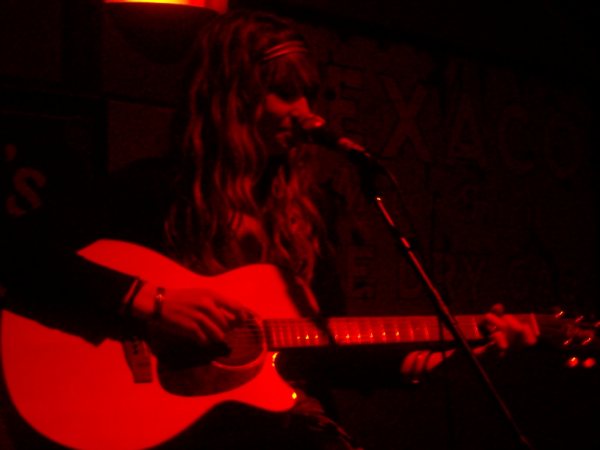“A word is dead
When it is said,
Some say.
I say it just
Begins to live
That day.”
— Emily Dickinson
I feel the way about reading my writing aloud to others as I do about musicals. I love music, I love movies (or plays), but never the twain shall meet.
Similarly, I love writing and from years of being in bands, I have no problem being on stage–just not to perform my writing. Even in my weekly writer’s workshop–a safe space of like-minded and supportive students–if I’m asked to read the simplest of in-class writing exercises out loud my pulse quickens. Heart racing, breath shortening, I rush through the words like I’m late for a train and have somewhere else to be.
But yesterday I had the chance to attend a session on poetry performance with poet Kayo Chingonyi. To our small group of seven, he shared that performance was what led him to write poetry in the first place, drawing him in with the rhythms and rhymes that lend themselves to subtle actions and expressions.
Before he went on, though, he performed one of his poems–and I sat mesmerized. The words flowed out like the smoothest of streams, like a spell being cast with hand motions–gestures that didn’t seem forced or out of place, but simply as if they were as much a part of the poem as the words themselves.
Take a look at Kayo reading another one of his poems, “Shuffle”:
[youtube=http://www.youtube.com/watch?v=c2wdALCuePo]
The ideas we covered in Kayo’s session were things I don’t normally give a lot of thought to, but I’m starting to reconsider. Watching him perform, I was struck by the artistry he conveyed, by the beauty of words at work. As Kayo himself said,
- Reading without feeling isn’t productive.
- At its heart, literature is a human act–if you get away from that, it just becomes a product.
- The key to performance is presence–be present, look around, and get a feel for your audience.
Above all, it should be natural–it isn’t something to be contrived or acted out:
“There is something really beautiful about just talking, writing, etc. They are all just forms of communicating. When you do a reading, think, ‘This is a story I’m going to tell you and this is just me telling you the story.’”
Along these sames lines, as Joshy Washington writes in an article for the Matador Network on “How to Read Your Writing Out Loud,” speaking my work aloud as I write is not only a great way to catch grammatical mistakes and awkward phrasing, but to think about the drama of it–is the dialogue realistic? are my images arresting? does tension rise and fall at the right moments?
And when it comes to performing at a reading, Washington says:
“Understand that your audience wants to hear you read. Don’t apologize, don’t shrink back or rush forward to hasten the end. Instead take control and steer the story with your measured reading like a captain at sea. You have the benefit of knowing how the story resolves itself, use that knowledge to build suspense and punctuate certain moments…There is something enthralling about the feeling of being led confidently through a story, of trusting the reader to bring you with them.”
I hold out hope that one day my nerves won’t get the best of me…
After all, it’s really just about the story, isn’t it?


Candace, what program are you studying? I want to have writing workshops!
Hey there, I’m studying for my Master’s in Travel Writing from Kingston University–but it’s essentially a creative writing degree, I just get to focus on travel-related pieces! We have workshops and masterclasses all the time–definitely one of the best parts of the programme! 🙂
Travel writing? That sounds AWESOME!!! Once I get a more permanent location, I am going to start seeking out workshops to take – more along the lines of printmaking and pottery etc., but I can’t wait to get back into my artism!